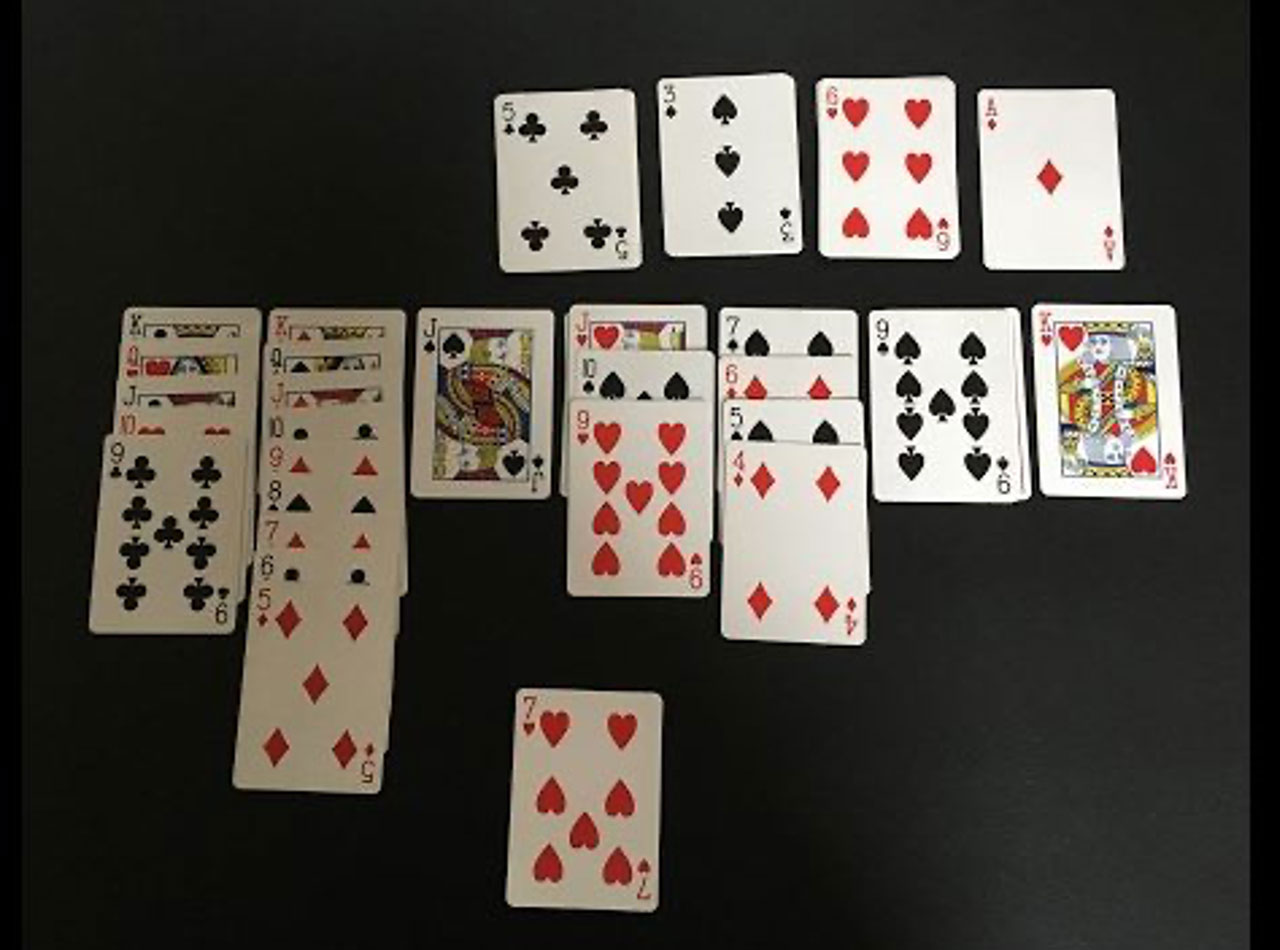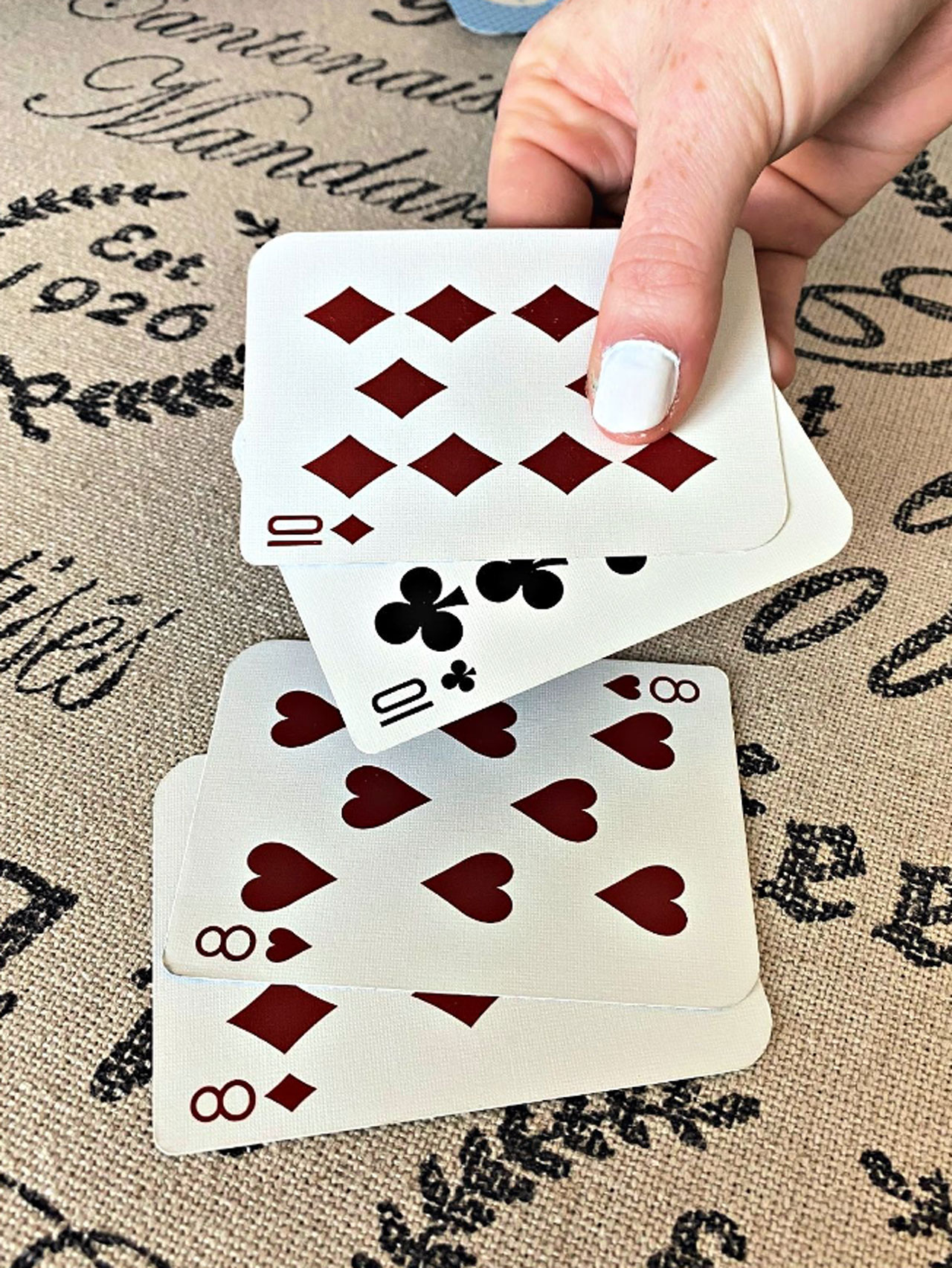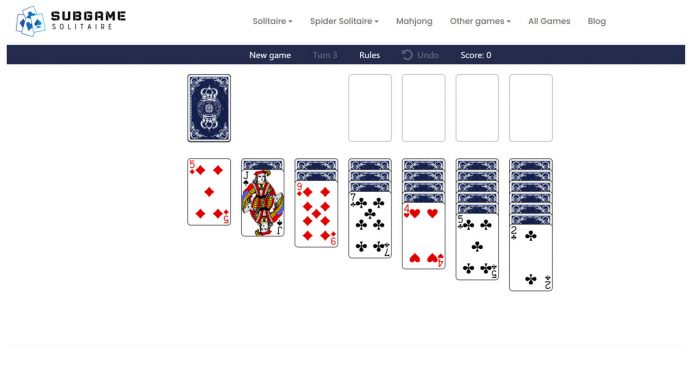Solitaire is a deceptively simple game, an unassuming deck of 52 cards providing endless hours of entertainment. The beauty of solitaire lies in its complexity disguised as simplicity. Whether you’re playing for a mental workout, a test of strategy, or simply a moment of tranquility, solitaire delivers. From its uncertain origins to its digital renaissance, and its many variations to its strategies, we explore the allure of this single-player card game. Whether you prefer a physical deck of cards or enjoy playing on online platforms such as Subgame, solitaire is ready to play anytime, anywhere.
A Brief History of Solitaire
Solitaire, also known as ‘patience’ in some parts of the world, is a card game that has offered countless hours of entertainment for centuries. Though its exact origins remain unclear, it’s believed to have surfaced in Scandinavia or Germany during the late 18th century.
The game came into prominence in France during the early 19th century, with some accounts suggesting that Napoleon Bonaparte himself found solace in solitaire during his exile. However, it wasn’t until the late 20th century that solitaire became globally renowned. Included as a feature in Microsoft’s Windows 3.0 to teach users the drag-and-drop mechanism, solitaire quickly became a popular pastime.

The Appeal of Solitaire as Entertainment
Solitaire’s charm lies in its unique blend of luck, strategy, and probability. Its solo player design makes it a perfect companion for quiet moments, and the game’s accessibility – both as a physical card game and a digital platform – enhances its universal appeal.
Its simple rules yet challenging gameplay provide both an exciting and meditative experience. It’s a race against the clock for some, while others find solace in its repetitive, calming nature.
Different Types of Solitaire
While the term ‘solitaire’ might conjure images of a solitary king atop a pile of cards (thanks to Microsoft’s Klondike Solitaire), the game boasts an impressive number of variations. Here are a few:
- Klondike: This is the most commonly known form of solitaire, where the goal is to build up four stacks of cards in ascending order from Ace to King.
- Spider: This version uses two decks of cards and ten tableau piles. The objective is to create stacks of cards from King to Ace in the tableau and remove them from the game.
- FreeCell: Unlike other solitaire games, almost all games of FreeCell can be won with appropriate strategy. This version uses a single deck and includes spaces for free cells, which can temporarily store an extra card.
- Pyramid: In this variation, the cards are dealt in a pyramid shape. The objective is to pair cards that add up to 13 and remove them from the board.
- TriPeaks: Also known as “Three Peaks,” this version involves cards dealt in the shape of three pyramids. The goal is to move all cards from the pyramids to the waste pile by selecting cards that are either one rank above or below the current card.
How to Play Solitaire: A Focus on Klondike
Begin by shuffling a standard deck of 52 playing cards. Deal seven piles of cards face-down on the table. The first pile should include one card, the second pile two cards, and so on, until the seventh pile contains seven cards. Turn over the top card in each pile so it is face-up.
The objective of the game is to create four foundation stacks of each suit in ascending order (from Ace to King). You can move cards between the piles to reveal the cards underneath, with the aim to eventually move them to their respective foundation stacks. However, cards can only be placed on top of a card that is one rank higher and of the opposite color. For example, a black 5 can only be placed beneath a red 6.
If you cannot or do not wish to make any more moves with the cards in the piles, you can begin to play from your stockpile of remaining cards. The game ends when either all cards are moved onto their foundation stacks (in which case you’ve won), or no more moves are possible or cards are left in the stockpile (and you’ve lost).
Successful solitaire requires more than just moving cards between the piles. You’ll need to plan your moves carefully. For instance, it’s often beneficial to prioritize moving cards from the larger piles. Also, always keep an eye out for hidden Aces and try to keep the right balance between building stacks on the tableau and the foundations.

The Timeless Enchantment of Solitaire
From its humble origins to its place on virtually every computer, solitaire has evolved into a universally loved game. With a host of variations to challenge and entertain, it’s more than just a way to pass the time – it’s a celebration of strategy, patience, and the joy of solitary entertainment. In the annals of card games, solitaire is both an enduring classic and a modern favorite, proving that even in solitude, there’s always a game to be played and a challenge to be conquered.







